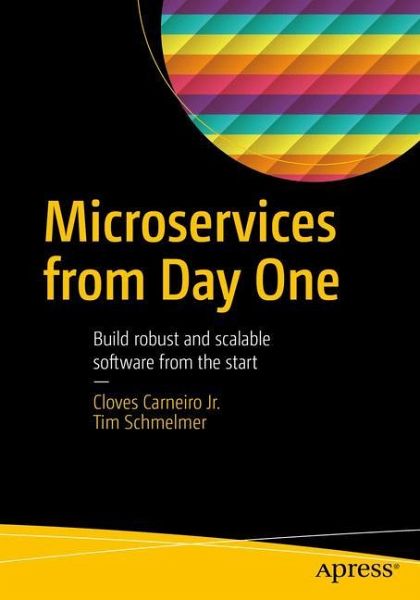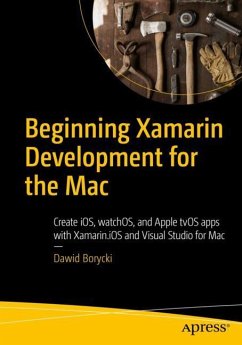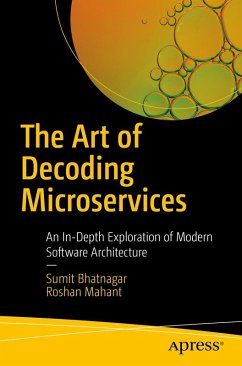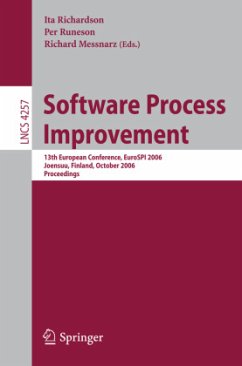
Microservices From Day One
Build robust and scalable software from the start

PAYBACK Punkte
19 °P sammeln!
Learn what a microservices architecture is, its advantages, and why you should consider using one when starting a new application. The book describes how taking a microservices approach from the start helps avoid the complexity and expense of moving to a service-oriented approach after applications reach a critical code base size or traffic load.Microservices from Day One discusses many of the decisions you face when adopting a service-oriented approach and defines a set of rules to follow for easily adopting microservices. The book provides simple guidelines and tips for dividing a problem do...
Learn what a microservices architecture is, its advantages, and why you should consider using one when starting a new application. The book describes how taking a microservices approach from the start helps avoid the complexity and expense of moving to a service-oriented approach after applications reach a critical code base size or traffic load.
Microservices from Day One discusses many of the decisions you face when adopting a service-oriented approach and defines a set of rules to follow for easily adopting microservices. The book provides simple guidelines and tips for dividing a problem domain into services. It also describes best practices for documenting and generating APIs and client libraries, testing applications with service dependencies, optimizing services for client performance, and much more. Throughout the book, you will follow the development of a sample project to see how to apply the best practices described.
What You Will Learn:Apply guidelines and best practices for developing projects that use microservicesDefine a practical microservices architecture at the beginning of a project that allows for fast developmentDefine and build APIs based on real-world best practicesBuild services that easily scale by using tools available in most programming languagesTest applications in a distributed environmentWho This Book is For:
Software engineers and web developers who have heard about microservices, and want to either move the project/applications they work on to a service-oriented environment, or want to start a new project knowing that building services helps with ease of scaling and maintainability. The book is a reference for developers who have a desire to build software in smaller, more focused and manageable chunks, but do not know how to get started.
Microservices from Day One discusses many of the decisions you face when adopting a service-oriented approach and defines a set of rules to follow for easily adopting microservices. The book provides simple guidelines and tips for dividing a problem domain into services. It also describes best practices for documenting and generating APIs and client libraries, testing applications with service dependencies, optimizing services for client performance, and much more. Throughout the book, you will follow the development of a sample project to see how to apply the best practices described.
What You Will Learn:Apply guidelines and best practices for developing projects that use microservicesDefine a practical microservices architecture at the beginning of a project that allows for fast developmentDefine and build APIs based on real-world best practicesBuild services that easily scale by using tools available in most programming languagesTest applications in a distributed environmentWho This Book is For:
Software engineers and web developers who have heard about microservices, and want to either move the project/applications they work on to a service-oriented environment, or want to start a new project knowing that building services helps with ease of scaling and maintainability. The book is a reference for developers who have a desire to build software in smaller, more focused and manageable chunks, but do not know how to get started.












